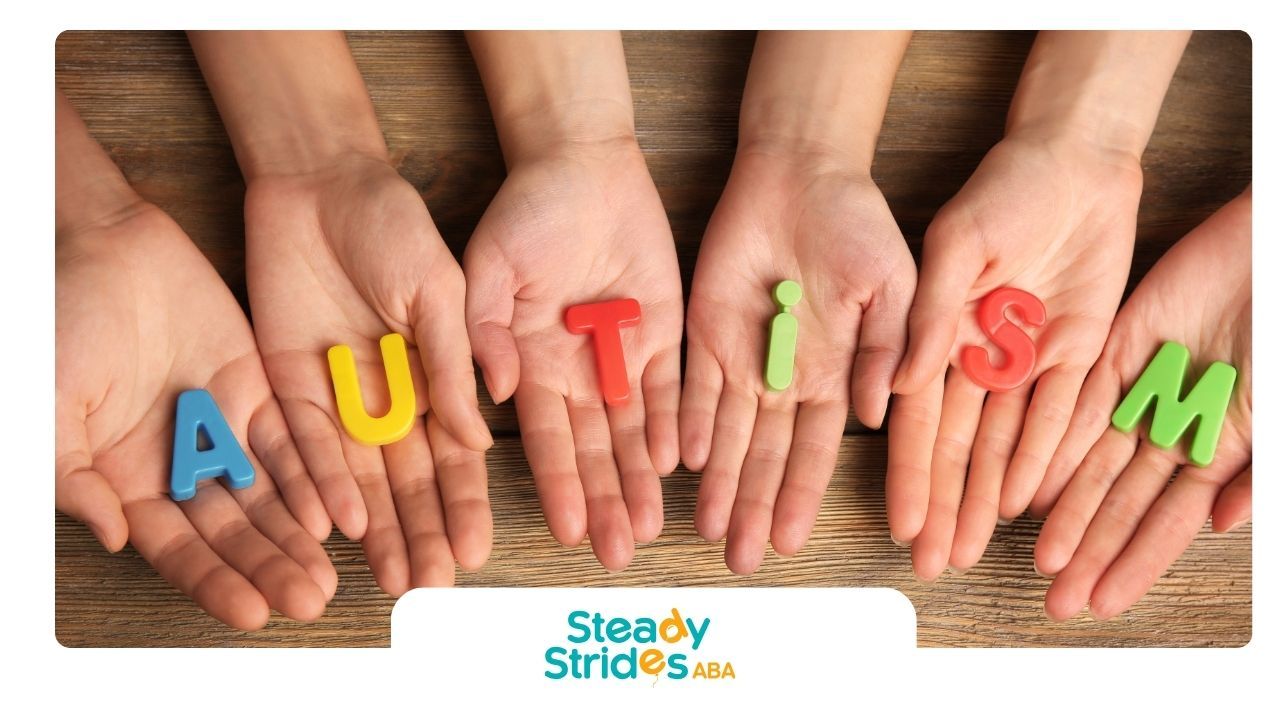Service dogs have long been used to assist individuals with physical disabilities, but over the past few decades, they’ve also proven incredibly beneficial for individuals with autism spectrum disorder (ASD). These highly trained animals can offer safety, independence, emotional support, and social confidence to both children and adults on the spectrum.
If you’re a parent, caregiver, or individual on the autism spectrum wondering whether an autism service dog might help, this guide is here to provide clarity. In this post, we’ll explore what autism service dogs do, how they differ from emotional support animals, their benefits, the training process, and how to get one.
What Is an Autism Service Dog?
An autism service dog is a specially trained dog that supports individuals with autism by performing specific tasks tailored to the person’s needs. These aren’t just pets—they are certified service animals trained to mitigate the challenges of autism, such as sensory overload, elopement (running away), and communication difficulties.
Autism service dogs are often trained to assist with:
- Safety monitoring
- Interrupting repetitive behaviors
- Providing deep pressure for calming
- Guiding during stressful transitions
- Easing social interactions
These dogs can be an anchor in overwhelming situations, helping individuals regulate their emotions, stay safe, and navigate the world more confidently.
Autism Service Dogs vs. Emotional Support Animals
It's common to hear terms like service dog, therapy dog, and emotional support animal used interchangeably, but each has a distinct role.
| Type | Purpose | Legal Rights |
|---|---|---|
| Autism Service Dog | Trained to perform specific tasks related to autism | Protected under ADA and can go into public places |
| Emotional Support Animal (ESA) | Provides comfort through presence; no special training | Not covered under ADA; may be allowed in housing and airplanes |
| Therapy Dog | Offers comfort in group settings like hospitals or schools | No legal rights for public access |
Autism service dogs are trained for task-specific assistance and are therefore protected under the Americans with Disabilities Act (ADA). They can legally accompany their handler into public spaces, including restaurants, stores, and planes.
Who Can Benefit from an Autism Service Dog?
Autism service dogs can be a life-changing addition for individuals who:
- Experience frequent meltdowns or shutdowns
- Are prone to wandering or elopement
- Struggle with social communication
- Deal with anxiety or sensory overload
- Require help with daily routines and transitions
They are especially helpful for:
- Children with autism who need safety monitoring and emotional regulation support.
- Teens and young adults who want help managing independence and social engagement.
- Adults on the spectrum who seek help with routines, anxiety, or navigating public environments.
Each dog is trained to meet the specific needs of the person they serve.
Tasks Autism Service Dogs Can Perform
Autism service dogs can be trained to do a wide variety of tasks, including:
1. Tracking and Preventing Elopement
Many children with autism may suddenly bolt or wander away from caregivers. Service dogs are trained to:
- Track scent trails if a child goes missing
- Anchor the child with a tethering harness to keep them safe
- Alert parents or caregivers if the child attempts to run
2. Interrupting Self-Harming Behaviors
Dogs can be taught to recognize signs of repetitive or self-injurious behaviors such as head-banging or hand-biting. They may:
- Nudge the individual to distract them
- Use pressure to redirect focus
- Offer a calming presence
3. Providing Deep Pressure Therapy
For some individuals, deep pressure—like a weighted blanket—can calm the nervous system. Autism service dogs may:
- Lay across laps or bodies
- Nuzzle close during meltdowns
- Help soothe during anxiety attacks or sensory overload
4. Assisting in Social Situations
Some autistic individuals find it easier to initiate conversations or engage with others when accompanied by a dog. A service dog can:
- Serve as a social bridge
- Ease feelings of isolation
- Help the handler practice and develop communication skills
5. Waking Up and Daily Routine Support
For teens and adults, service dogs can help:
- Wake up their handler in the morning
- Remind them of tasks or routines
- Reduce the executive functioning burden that can come with daily life
The Benefits of Autism Service Dogs
The bond between a person and their service dog can transform lives. Here are some of the most impactful benefits:
1. Increased Safety
Tethering systems, alert behaviors, and tracking abilities all add a level of safety—especially for young children prone to elopement.
2. Emotional Regulation
Dogs provide non-judgmental companionship and a predictable, calming presence that can help reduce anxiety and support self-soothing.
3. Improved Social Interaction
Many autistic individuals find it easier to interact with others or feel more confident in public when their service dog is present.
4. Greater Independence
Older teens and adults may find that a service dog allows them to travel, shop, or engage in the community with less anxiety.
5. Family Support
Parents of autistic children often feel more secure knowing their child has an extra layer of safety and emotional support.
How Autism Service Dogs Are Trained
Training an autism service dog is a lengthy and highly specialized process. Here’s how it typically works:
Step 1: Puppy Selection
Breeders or organizations choose puppies based on temperament, intelligence, and trainability. Labrador Retrievers, Golden Retrievers, and Standard Poodles are common choices.
Step 2: Basic Obedience Training
Puppies first go through standard obedience and socialization training to ensure they’re calm and responsive in different environments.
Step 3: Task-Specific Training
Dogs are then trained in tasks tailored to support autism-related needs—tracking, deep pressure, social bridging, etc.
Step 4: Handler Matching
The dog is matched with an individual, and training is customized based on the person’s unique needs.
Step 5: Team Training
The person (or their family) trains with the dog to build trust and learn how to work together in real-world situations.
The process can take 18 months to 2 years and involves ongoing training even after placement.
How to Get an Autism Service Dog
Getting an autism service dog involves planning, evaluation, and sometimes long wait times. Here are the general steps:
1. Determine Eligibility
Most organizations require documentation of an autism diagnosis and a clear explanation of the individual’s needs.
2. Choose a Provider
Look for accredited service dog providers, especially those affiliated with Assistance Dogs International (ADI).
3. Complete the Application
The application process often includes medical records, interviews, home visits, and assessments of the environment.
4. Fundraising or Financing
Autism service dogs can cost anywhere from $15,000 to $40,000. Some organizations offer sponsorships, scholarships, or sliding scale options.
5. Training and Placement
Once approved, there may be a waitlist. When the dog is ready, the handler will go through training before bringing the dog home.
Questions to Ask a Service Dog Provider
Before committing to a provider, make sure to ask:
- Are you accredited by Assistance Dogs International?
- How do you match dogs with individuals?
- What tasks are your dogs trained to perform?
- What is the cost, and do you offer financial assistance?
- What support do you offer after placement?
Service Dogs and Schools
For children, bringing a service dog to school may require coordination with the school administration and possibly an Individualized Education Program (IEP) or 504 Plan.
The school must allow the service dog access under ADA law, but working together to establish boundaries, tasks, and expectations can help ensure a smooth integration.
Things to Consider Before Getting a Service Dog
While autism service dogs are incredible, they aren’t right for everyone. Think about:
- Is the individual comfortable with dogs?
- Are caregivers or family members able to help care for the dog?
- Can your household manage the responsibility, routine, and cost of dog ownership?
Support for the Whole Family
An autism service dog can benefit not just the individual but the entire family. They often reduce stress, help with transitions, and improve quality of life across the board. From public outings to bedtime routines, these dogs offer peace of mind and real-world help.
If you're considering a service dog, it’s important to weigh the pros and cons, consult with professionals, and choose a reputable organization.
How Steady Strides Can Help
At Steady Strides, we understand the complex needs of individuals with autism and the many ways therapy and support tools—like autism service dogs—can enhance everyday life. Whether you're exploring behavioral interventions or looking to integrate a service dog into your child’s care plan, our team offers the resources, compassion, and expertise to guide you.
Frequently Asked Questions
What breed is best for autism service dogs?
Common breeds include Labrador Retrievers, Golden Retrievers, and Standard Poodles due to their calm temperaments, intelligence, and ability to perform task-based work.
Are autism service dogs allowed in public places?
Yes. Under the Americans with Disabilities Act (ADA), service dogs can accompany their handler into most public places, including restaurants, stores, schools, and transportation.
How much does an autism service dog cost?
Costs can range from $15,000 to $40,000 depending on the training and organization. Some providers offer financial aid or nonprofit sponsorships to help families afford one.
Sources:
- https://www.ada.gov/resources/service-animals-2010-requirements/
- https://assistancedogsinternational.org/
- https://www.autism.org.uk/advice-and-guidance/topics/sensory-differences/sensory-differences/all-audiences
- https://www.autism.org.uk/advice-and-guidance/topics/behaviour/meltdowns/all-audiences
- https://childmind.org/article/about-section-504-plans/













